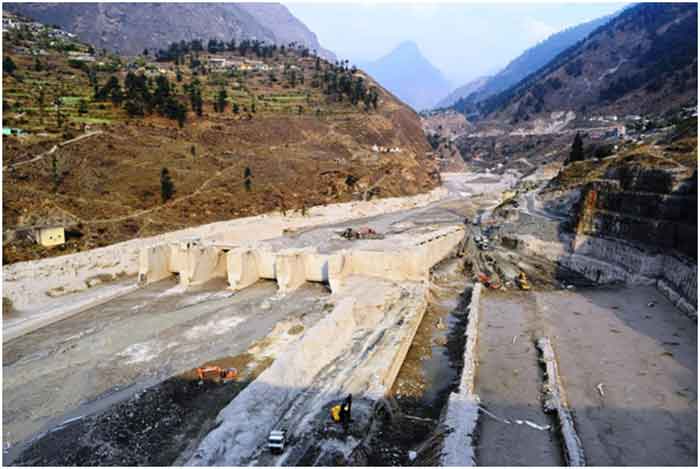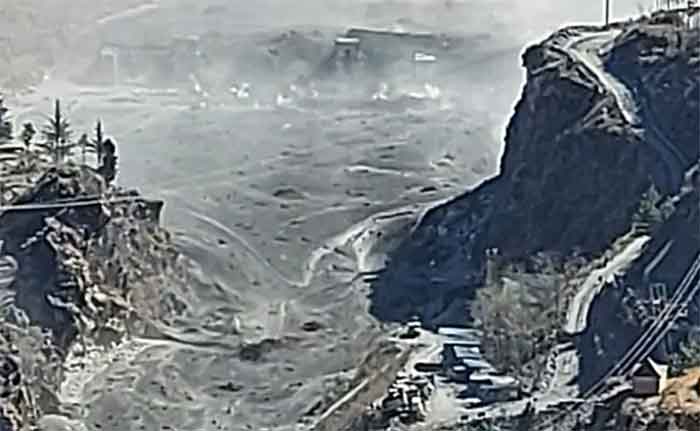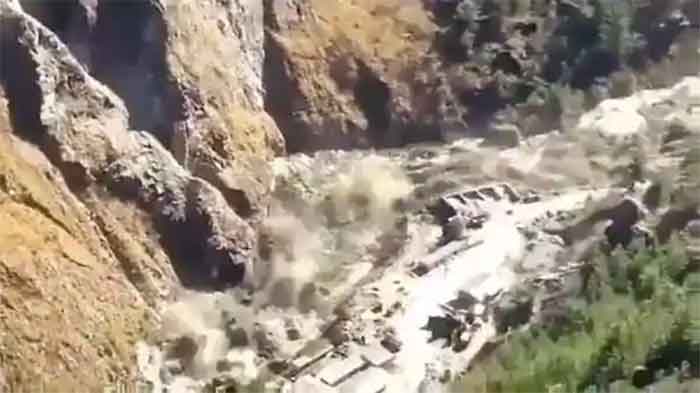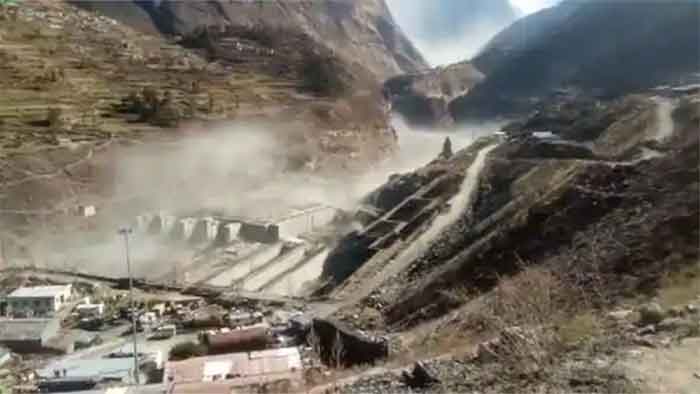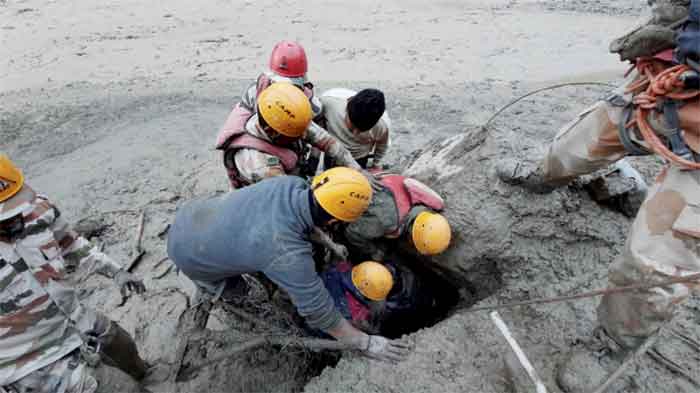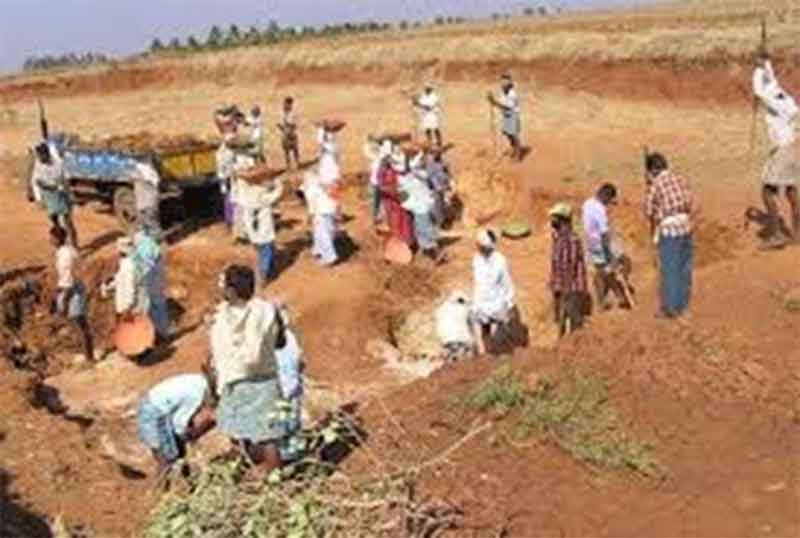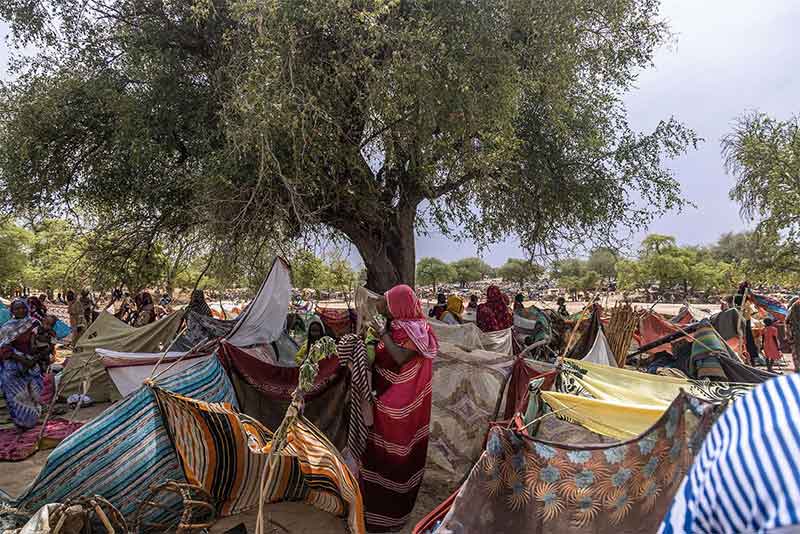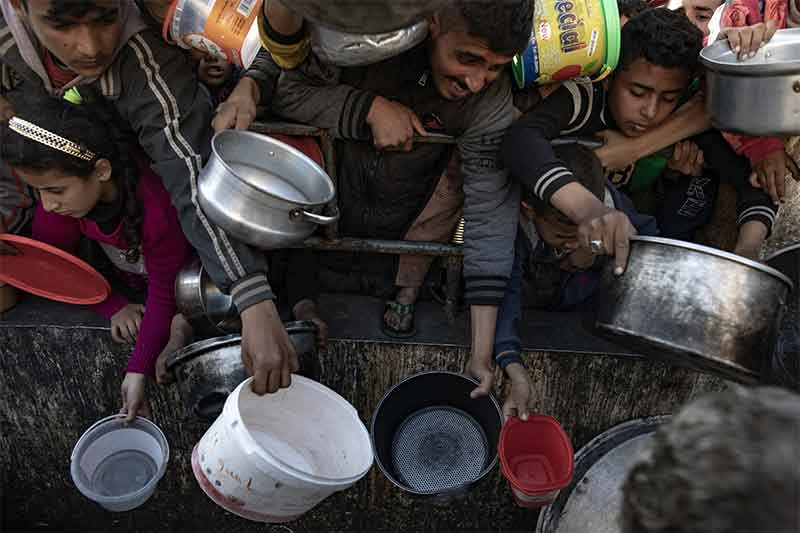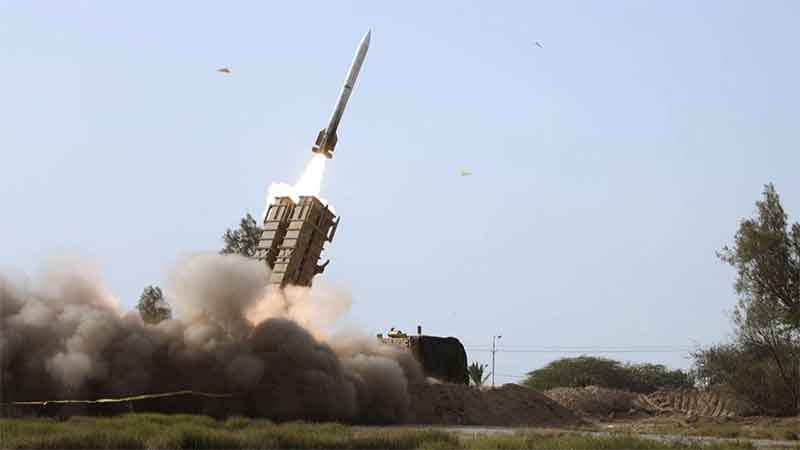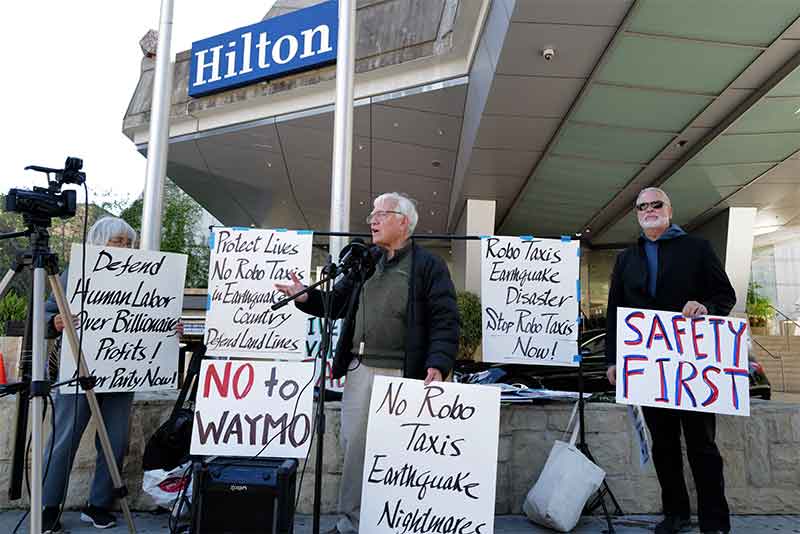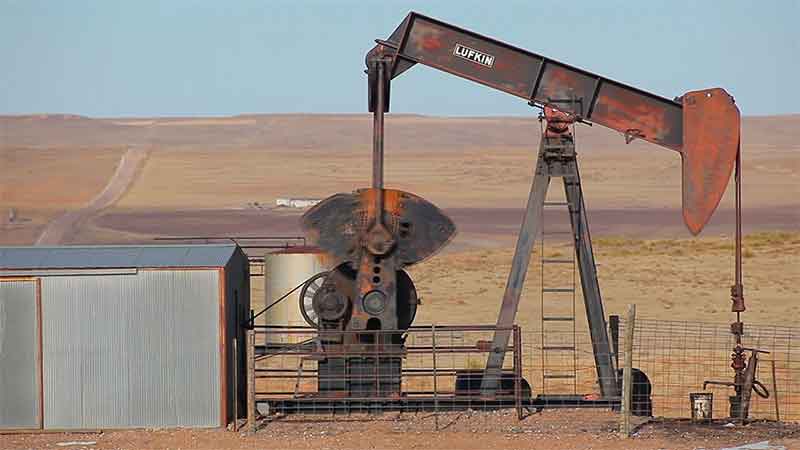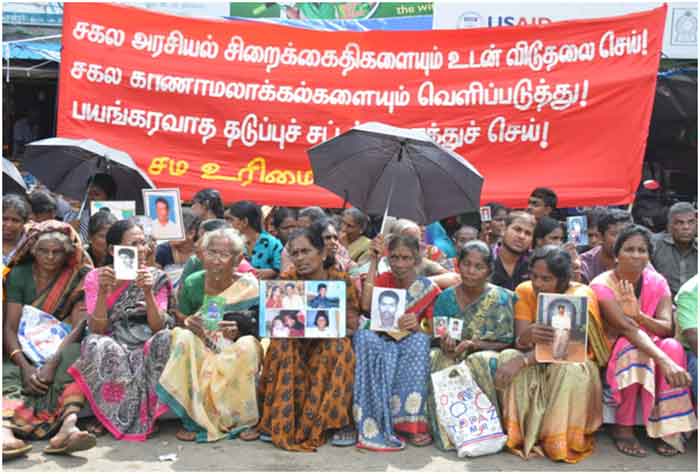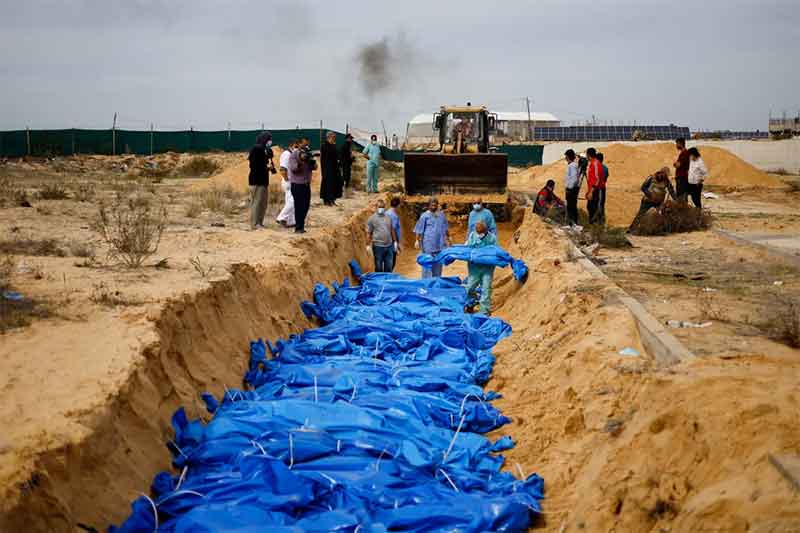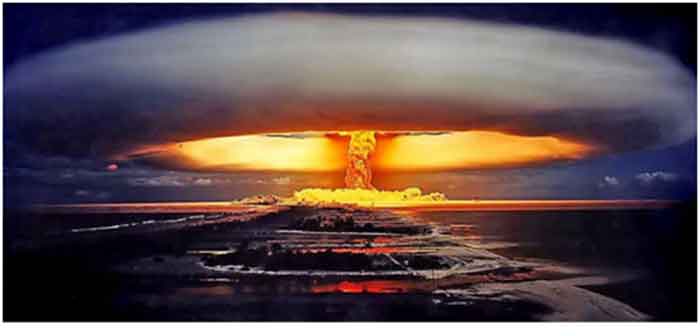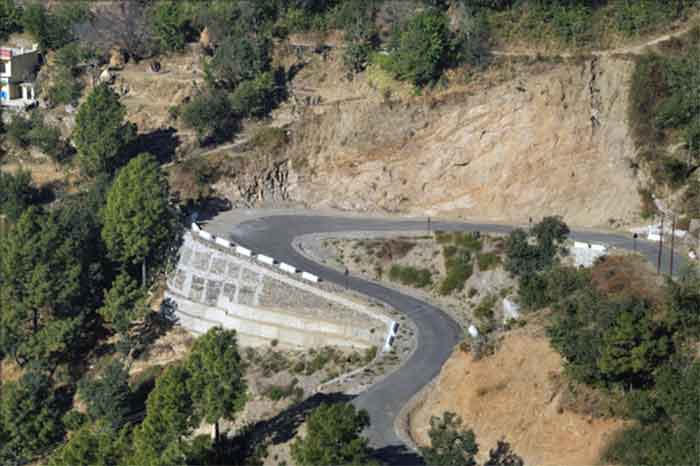
A very important aspect of Himalayan region is that the number of people impacted by what happens to the environment of the Himalayan region is very high. This can be seen very easily in India in the very densely populated Ganga-Yamuna plains, but is true for some other countries as well.
Of course the population within the Himalayan region can also be quite dense at some places ( for example in and around cities like Shimla) and people here are the ones who will face the first and the closest impact of any deterioration of environment. It is nevertheless important to emphasize that the number of people impacted by the worsening of Himalayan environment ( as also the other forms of life) is many, many times more than the population of the Himalayan region.
Secondly, the young geological formations of the Himalayan region are highly susceptible to disturbances and disruptions, and hence to more damage from disasters, including earthquakes , the impact of which can travel to even distant downstream areas.
Thirdly, the possibility of disasters as well as other adverse impacts has increased greatly in many ways in times of climate change and this needs to be well understood at several levels, so that we can be better prepared to meet the increasing threats and adverse impacts at various levels.
Unfortunately the existing policies over the greater part of the Himalayan region and its vicinity have accentuated these threats and problems. A major aspect of this relates to indiscriminate construction of a large number of hydel projects including very large dams in ways that have added greatly to the existing threats and the possibilities of very major disasters affecting people in the Himlayan region and much beyond.
Another aspect relates to other indiscriminate construction, including many huge highways, some of which may not be needed at all. Related to this is massive quarrying and mining.
In addition the very unfortunate but huge militarization of a large part of the Himalayan region brings additional risks. This not only leads to human beings having to live and fight , or remain prepared to fight, in very inhospitable and cruel terrain, causing much avoidable strain and stress on all sides, in addition this also leads to increasing environmental stress caused by military preparations being made and kept in readiness in very remote places not suitable for any human activity in certain seasons at least, let alone military activity involving heavy equipments.
Leave aside actual fighting, the strain of just living for months is very inhospitable terrain can be very harmful for the health of soldiers, and while soldiers will dutifully do anything for their countries, it is our duty to protect them from avoidable stress and health problems.
Hence as part of our overall efforts to avoid the worst aspects of climate change and conflict, we should aim in the longer term for creation of an ecologically protective, no conflict zone in much of the Himalayan region, where life will be governed primarily by protection of environment, forests, biodiversity and sustainable livelihoods of people. While tourism will of course be permitted, this will take the form of eco-friendly and sustainable tourism. Soldiers posted in the region who are freed from conflict related duties to a large extent will be engaged in activities related to protection of environment and minimizing harm from disasters.
All this may not be possible immediately of course, but even if this is accepted as a somewhat longer-term aim this will help all the involved countries and regions to start moving in this direction.
Bharat Dogra is a journalist and author. Hs recent books include Planet in Peril and Protecting Earth for Children.
IF YOU LIKED THE ARTICLE SUPPORT PEOPLE’S JOURNALISM

